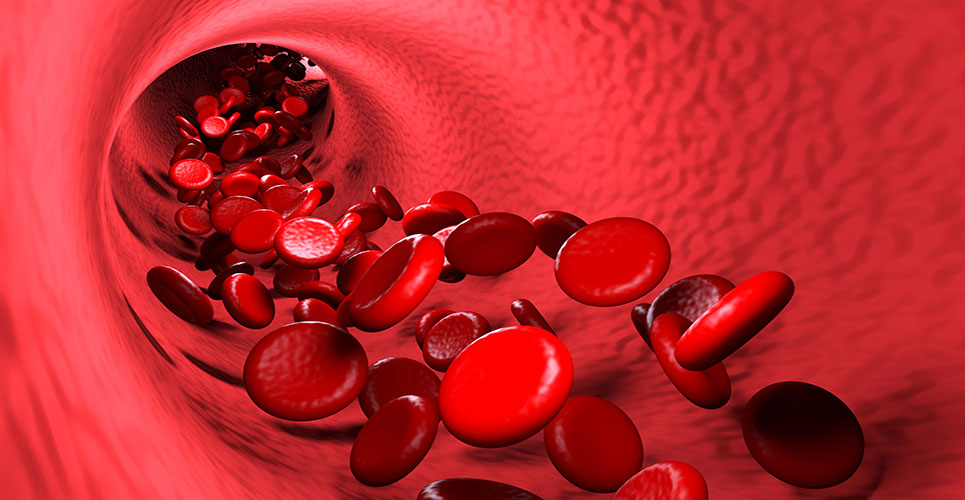teaser
NICE, the UK healthcare guidance body, is currently appraising rivaroxaban (Xarelto, Bayer) for the treatment of deep vein thrombosis (DVT) and preventing recurrent DVT and pulmonary embolism (PE) following an acute DVT in adults.
In draft guidance issued on 13 March for consultation NICE requests Bayer, the manufacturer of rivaroxaban, to provide further evidence relating to the drug’s clinical and cost effectiveness.
|
|
|
Venous thromboembolism (VTE) is a term used to describe DVT and PE. DVT is the formation of a thrombus (clot) in a deep vein, usually of the lower limbs. If it comes loose it can be carried in the blood to another part of the body where it can cause problems. If the blood clot reaches the lungs (PE) it can cause sudden death. Other complications of DVT include post-thrombotic syndrome, a chronic disorder that may include symptoms such as pain, heaviness, swelling, cramps, itching or tingling, increased skin pigmentation and ulceration in the affected limb. Risk factors for VTE include recent surgery, immobility, active cancer or cancer treatment, age over 60 years, obesity, hormone replacement therapy or oestrogen containing contraceptive therapy and the presence of co-morbidities such as heart disease. The annual incidence of DVT in the general population varies considerably with age, ranging from 1 in 10,000 for people under 40 years to 1 in 100 for people over 80 years. People with a previous episode of VTE have a high (30%) chance of suffering a recurrence within 8 years. It is estimated that there will be over 46,000 cases of acute DVT in England and Wales during 2012, rising to nearly 50,000 by 2016 due to growth and ageing in the population. Treatments for VTE include initiation with anticoagulant drugs, such as low-molecular weight heparin – for example enoxaparin (the most commonly used low-molecular weight heparin in the UK) – unfractionated heparin or fondaparinux sodium. Treatment is then overlapped with a vitamin-K antagonist (VKA), such as warfarin, until the oral blood thinner is effective and a proper dose is achieved. ↓Article continues below this sponsored advert↓  Explore the latest advances in cardiovascular care delivered by renowned experts from recognised Centres of Excellence and other NHS trusts around the UK. Gain CPD, put your burning questions to the experts, and boost your confidence when it comes to care for your patients. ↑Advertisement↑ Rivaroxaban is an orally administered drug that helps to prevent blood from clotting. It does this by stopping a substance called Factor Xa from working. Factor Xa is necessary in the formation of thrombin and fibrin, the key components in blood clot formation. Meindert Boysen, Programme Director Technology Appraisals at NICE, said: “The Independent Appraisal Committee noted the evidence from patient experts which stated that many patients find taking warfarin to be a source of stress, because it requires regular monitoring with blood tests, dosing adjustments, and patients must be careful about their diet because of warfarin’s interaction with certain foods, and that rivaroxaban may be a useful alternative. “However, the Committee was unable to make a decision on the data presented by the manufacturer because it felt that the data failed to demonstrate the drug’s clinical and cost effectiveness in the context of UK clinical practice. “In particular the Committee was concerned that an analysis for patients who required treatment beyond 12 months was not presented, and noted the comments of clinical specialists to the effect that some people with DVT need to continue on anticoagulant therapy permanently. “The Committee also noted subgroup analyses in the main clinical trial that suggested that there could be differences in the effectiveness of rivaroxaban between the groups that were assigned treatment durations of 3, 6 and 12 months that it would wish to explore further. “The Committee has therefore requested further information from Bayer about the clinical and cost effectiveness of rivaroxaban used as a long-term treatment and has also asked for comment on the differences between the subgroups receiving different intended treatment-durations.” Consultees, including the manufacturer, healthcare professionals and members of the public are now able to comment on the preliminary recommendations which are available for public consultation. Comments received during this consultation will be considered by the Committee and following this meeting the next draft guidance will be issued. Until final guidance is issued to the NHS, NHS bodies should make decisions locally on the funding of specific treatments. Once NICE issues its final guidance on a technology, it replaces local recommendations across the country. |

